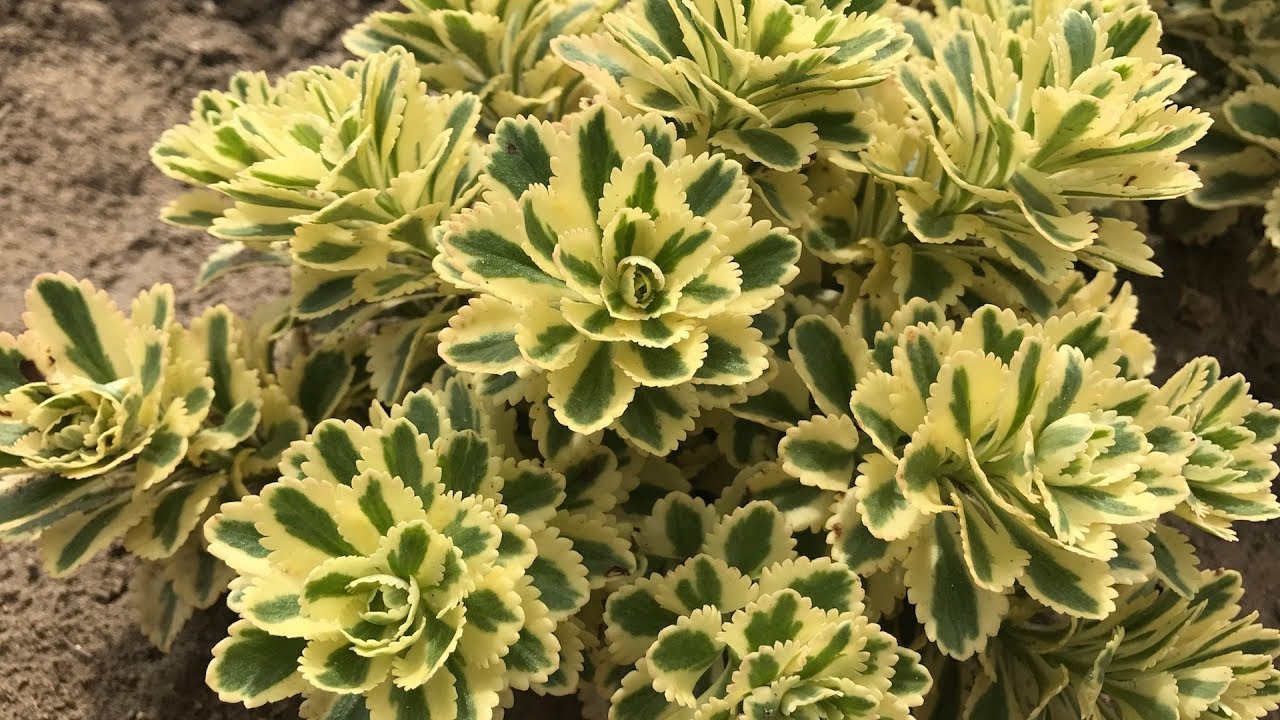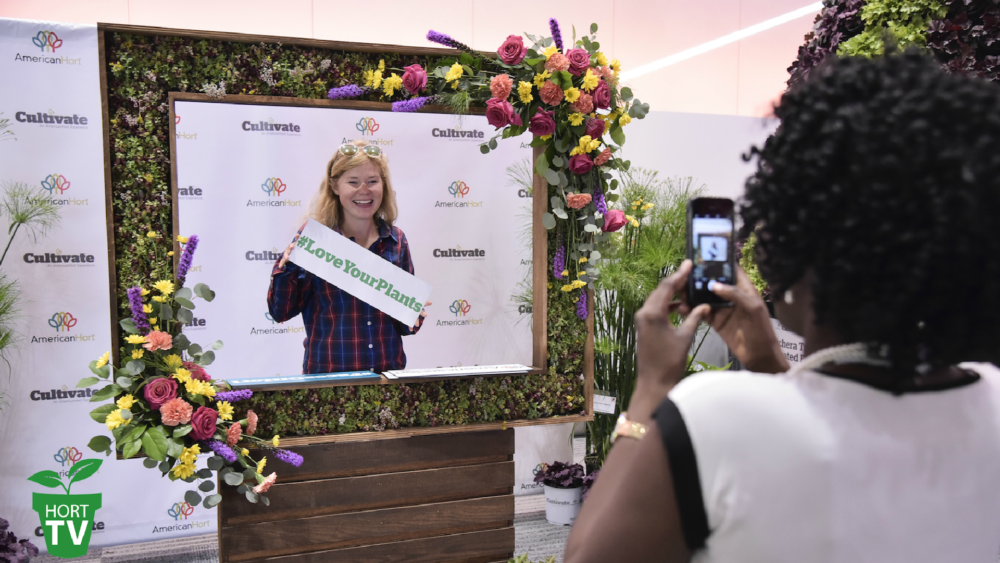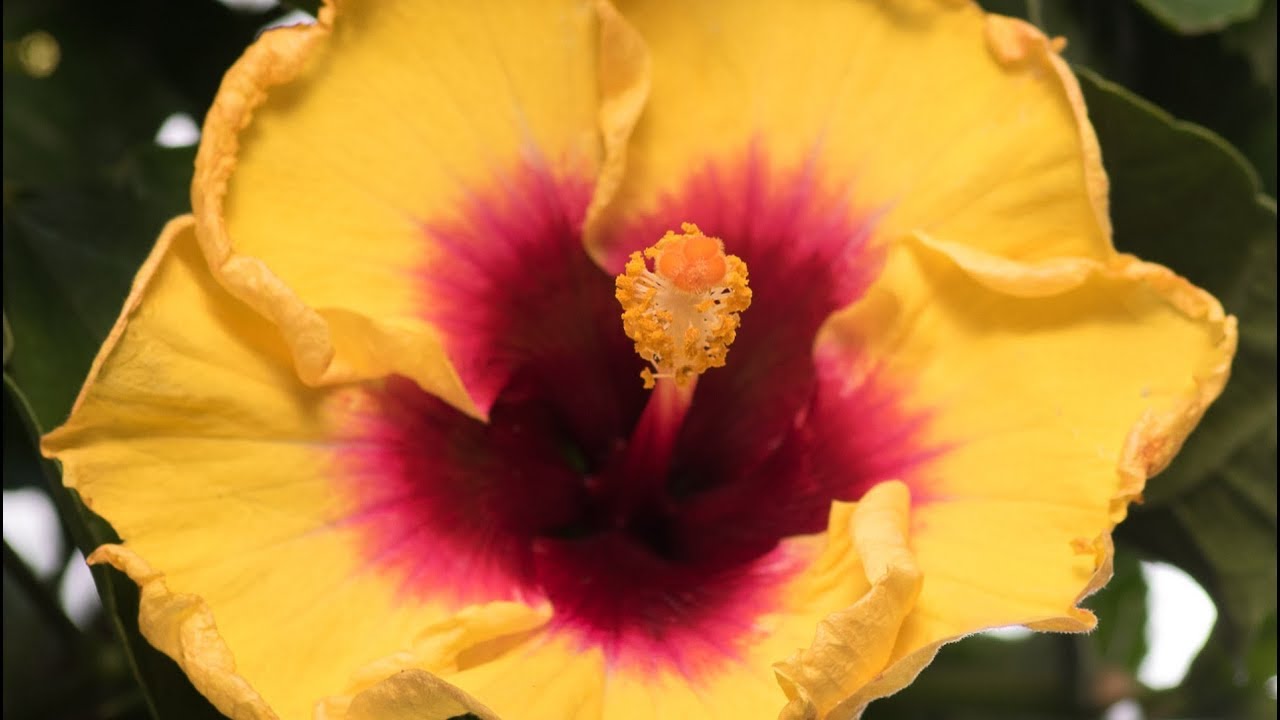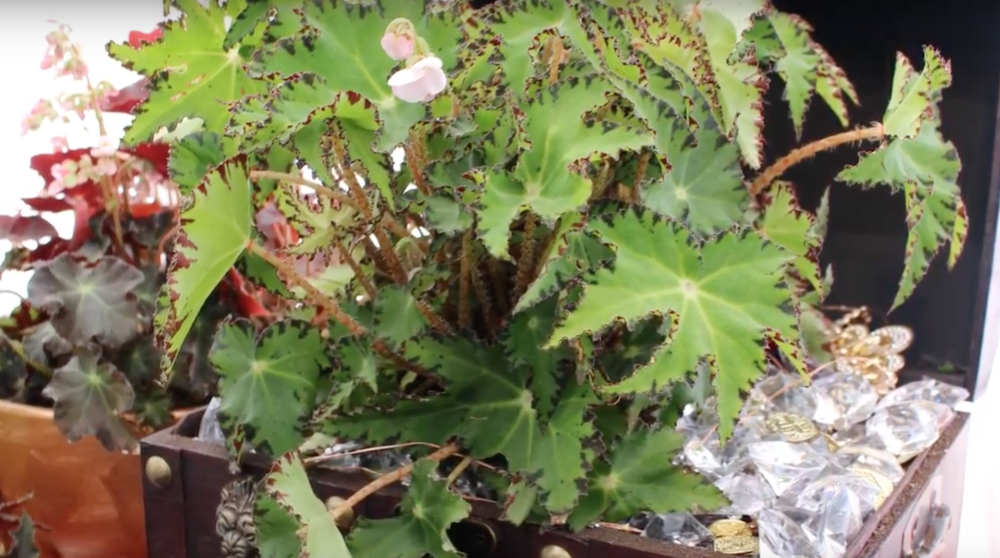Nursery Market Profitability
Today’s nursery stock buyer needs to be concerned with more than just finding the right grower, the right price and the right plants. Sure, quality still counts, but if you want to enter the world of high-margin, high-demand plants, you need to be on top of the trends. Understanding what’s hot and why can make the difference between having and not having the right plants.
Some key trends to be on top of are those that relate to new plants, design, color and consumer lifestyle. Maintaining an awareness of these various trends will provide a buyer with the information needed to stay ahead of the competition.
Plant Trends
Let’s face it, consumers are enamored with anything new, and why should plants be any different? They aren’t. The questions to ponder are how are you staying on top of what’s new with regards to nursery stock and what are you doing to promote new plants in your garden center.
Staying on top of what is new is challenging. Most of us rely on our growers to tell us what’s new. Hopefully this is not your only source of information, as growers tend to add new plants slowly. Many prefer to wait until you, the buyer, ask for something. The key to being able to say yes when Mrs. Jones comes in asking for that new shrub she read about is working with a progressive grower.
This highlights the importance of knowing what is being written about and, more importantly, pictured in consumer magazines before your customers come asking. Keep a log of the plants you come across; over time, you will begin to see which consumer magazines have the most impact on your customer’s desires.
Consumer flower and garden shows, word of mouth, plant conferences and trade shows are other ways you can keep on top of new plants. Trade shows are a great place to find new plants. Look for the nurseries that are the leading suppliers of new plants. Even if you don’t buy their product, having their catalog and being on their mailing list will help you stay on top of what your customers will be asking for in the future.
Lastly, when it comes to new plants make sure your signage highlights their newness, and price them higher than old varieties. If you have several varieties that are new for your garden center display them on an end cap with signs that trumpet they are new, and be ready to restock frequently. Remember, you are tapping into everyone’s desire to be the first on the block with something new.
Design Trends
What are the new design trends? Back to your consumer magazine notes. Season-long interest is the current trend in nursery stock, winter interest plants are gaining some ground and vertical plants are showing promise. Sounds almost like a horse race, and yet, this is the kind of information that will allow you to work with your key growers and tie up trend-setting plants before they sell out.
Take vertical plants for example, this trend has been slowly building. In fact, eight years ago one, was hard pressed to sell plants like an ilex or a berberis, as they were novelties. Now berberis is hot, and no grower in the country has enough to meet their customer’s demands.
Given this trend, how are you taking advantage of the consumer’s fascination with all things vertical? What shrubs do you have available in your product mix that you can highlight?
Many of the current trends tie into the consumer’s quest for a low-maintenance landscape. What are you doing to find these plants from your growers and, equally important, highlight them in your garden center?
Lastly, an up-and-coming design trend is dwarf conifers. Given that these are not easy plants to produce, now is the time to start looking for growers to work with if you want to meet this trend in the future.
Color Trends
This topic used to be the sole territory of the annual department. Then along came perennials, and now woody ornamentals have arrived. Yes, as a buyer, you really do need to pay attention to some of the current color trends. True, you would have been hard pressed to take advantage of the orange craze of the past few years, but blue is now in, and that should be easy to do — beginning with blue buddleias, hydrangeas and caryopteris. So, make up some signs, and have a blue festival or a blues day complete with music.
More to the point, if you know what the current color trends are, you have some insight into what plants will move. You can also better plan which plants you’ll need to restock, and work that out with your growers in advance of the season.
Burgundy foliaged plants continue to be a best-selling color. Have you taken advantage of this? Colorful shrubs can and should be treated the same way we treat annuals — restocked weekly.
I know one retailer this past year that treated the burgundy foliaged weigela ‘Wine & Roses’ in this manner, restocking it on a weekly basis. The net affect to their bottom line was a 275 percent sales increase on this item. Furthermore, they did this without putting it on sale or discounting it in mid-July. Was this a color item? Absolutely! Are there other woody ornamentals that can be treated as color items? Absolutely!
Consumer Trends
Consumer trends really encompass everything we’ve talked about so far. Yet, being on top of these trends means looking at how the consumer is evolving. What are the changes in their lifestyles, buying habits, etc.?
Take the lifestyle trend of “outdoor living spaces,” which is very in. With more and more people building decks and patios, we’ve seen an increase in demand for all of the accessories that go along with living outdoors. The result is that patio containers and the plants that go in them are hot. A spike and a geranium are no longer sufficient for today’s savvy consumers; they want more. First it was perennials in pots then tropicals, and now shrubs are appearing in containers.
Today’s lifestyles are much busier; there is more to do and less time to do it. When consumers come to your garden center they want answers and ideas. Often, we give them answers and ideas in the annual department so why not in nursery stock? What could be more exciting than hydrangeas in bloom or more romantic than roses? Yet, we put all the colorful banners and signs primarily in our annual departments.
Imagine what would happen if we provided answers in the ornamental department, take the following example: A buyer purchased a 3- to 4-inch caliper specimen cutleaf Japanese maple for display. The effect was a dramatic sales increase from 60 to 200 plants, ranging in price from $70 to more than $200, including a significant increase in the number of larger sizes. The specimen worked because it answered the consumer’s never-ending question, “What will that look like in my yard?”
Final Thoughts
Take a moment and ask yourself: What are you doing to stay on top of the market and nursery stock trends? The time is fast approaching when as a nursery stock buyer you will look at your inventory much the way the annual and perennial buyers do — on a weekly basis. Your ability to react and restock hot items will make a huge difference in your profitability and, in turn, define which growers you purchase from. With all the competition for your customer’s time and money, you can no longer afford to run out of items in late May or early June. Take a moment to look at the items you are selling out of, and evaluate which ones you should be restocking. Those with extended flowering cycles or foliage color immediately come to mind.
Keep an eye on the topics covered in consumer magazines. Is a topic appearing once every other year, annually, quarterly? Does the topic appear in just one magazine, or is it featured in most of the magazines? When it appears in most of the magazines, it has arrived. You should have it by then because doing so will ensure higher margins and greater profitability.

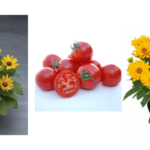




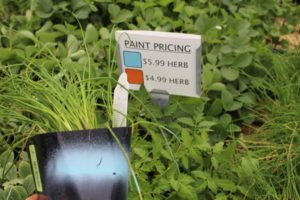
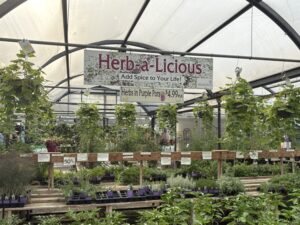
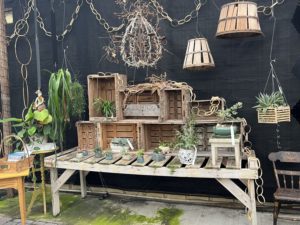



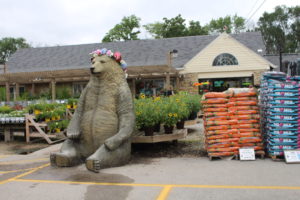

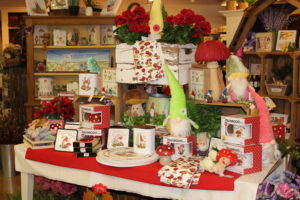
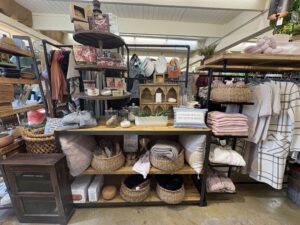

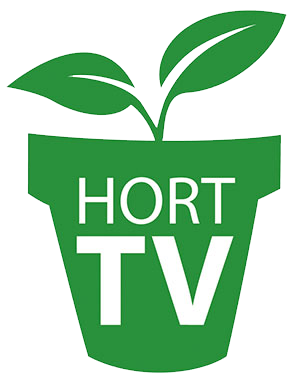 Videos
Videos